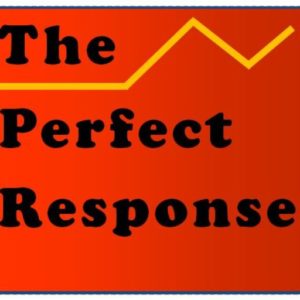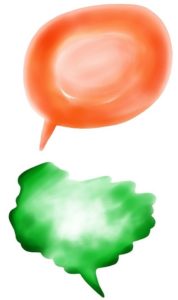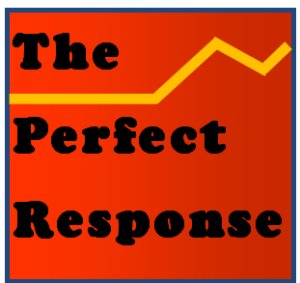You live in a ‘fifteen-minute city’ if essential shopping, banking, healthcare and schools are accessible on foot.
Urban planners in the U.S. and Europe sometimes describe the benefits of “15-minute cities,” meaning locations within even a large town where most necessary support services are within a short walk or an easy bike ride. No automobile required for essential shopping, banking, healthcare and access to schools.
The idea has gained traction recently as more young home buyers seek locations that seem ecologically friendly. The trend may be a rejection of their own childhood experience of living in an unending sea of suburban sprawl. Real estate is especially hot in locations where a commercial street of shops and restaurants is just yards away from homes on a nearby side street. Among other sources, we’ve learned from the Italians, Swiss, Spanish and British about the different quality of life that is possible in mixed use settlements: places where clustered housing organized around pedestrian-friendly streets reduces the need for long feeder roads laid out over too many miles. Years ago, I had a one-day demonstration of smart planning from a long day of touring in Sweden, starting with a modern commuter train near my host’s home in the woods, and moving on foot by boat and bus throughout greater Stockholm: a wonderful day of sightseeing without a car.
As usual, we have partly reinvented what earlier generations already knew. The walkable city was a necessity before the automobile, and is now reborn in older towns able to retain their human scale. In addition, many larger cities—even those that sprawl—are developing downtown housing that make it possible for resident to do their shopping or visit green spaces nearby.
 This kind of local access easily describes many locations in some of New York City’s boroughs. But it also matches features in many older towns, some laid out with commercial corridors next to established neighborhoods. There are no shortages of examples: Silver Spring or Annapolis Maryland, Charlotte, Virginia, Montclair and scores of other small towns in New Jersey, Pacific Grove California, Abington or Easton in Pennsylvania. Interestingly, the idea behind Disney’s design of Celebration Florida near Orlando recreated in 1996 with walkability in mind. Homeowners have cars, but the modern town is designed to keep them from being the organizing pattern of its layout. It’s direct opposite can be seen in most other Florida locations, where wide multi-lane streets or “stroads” (streets that are also highways) meet their counterparts in vast intersections too wide to attempt to easily cross on foot. Florida must lead the nation in having vast acres of asphalt and traffic barriers. But it is not alone. They are also common in California, New Jersey, Arizona, Texas and many other other states.
This kind of local access easily describes many locations in some of New York City’s boroughs. But it also matches features in many older towns, some laid out with commercial corridors next to established neighborhoods. There are no shortages of examples: Silver Spring or Annapolis Maryland, Charlotte, Virginia, Montclair and scores of other small towns in New Jersey, Pacific Grove California, Abington or Easton in Pennsylvania. Interestingly, the idea behind Disney’s design of Celebration Florida near Orlando recreated in 1996 with walkability in mind. Homeowners have cars, but the modern town is designed to keep them from being the organizing pattern of its layout. It’s direct opposite can be seen in most other Florida locations, where wide multi-lane streets or “stroads” (streets that are also highways) meet their counterparts in vast intersections too wide to attempt to easily cross on foot. Florida must lead the nation in having vast acres of asphalt and traffic barriers. But it is not alone. They are also common in California, New Jersey, Arizona, Texas and many other other states.
Only recently I’m enjoying the benefits of the 15 minute city, moving into a town of 4000. I can easily walk to a doctor, a bank, hardware store, pharmacy, and similar services, while still surrounded by some green space. Most homes in this historic area are attached, and mingle with small businesses with upstairs apartments. In an emergency, I think I can even make it to Bell’s Tavern in under fifteen minutes.
The experience is much like a town where I lived for a year in the English Midlands. There, it was the norm for a family member to make a habit of walking to nearby shops to get the makings of that night’s dinner. This was once a way of life for people with moderate incomes. Everything you needed was in the shops lining a small triangle of roads a half-mile away.
Space Without Connection
It’s tempting to see a location’s walkability as an amenity that might be nice, but not essential. But we now have a monoculture of housing sprawl in a nation with too much open space, but too few places for families to live. That’s mostly due to a preference for zoning vast tracts for single family residences. Mixed-use zoning is more the norm in tourist centers within Europe, where residential and functions comfortably comingle. Europeans have a lot to teach us, even while there are growing pockets of rebellion against supposed “totalitarian planning” in cities like Paris.
To be sure, vast residential expanses can seem like an American birthright. But we owe it to low and middle income families to solve the accessibility and affordability shortfalls that are becoming chronic. More clustered housing, townhouses, condos and apartments have never made more sense. Among other things, four connected homes are much more efficient to heat and cool. And shrewd use of housing density makes other things possible: underground utilities, proximity to essential city services, and better better opportunities to interact with neighbors. I’m finding that people downplay differences with neighbors when they are just a few feet away.
I’m a slow learner, but I certainly had warnings over many decades of suburban home ownership. Years ago I was on a township planning board where the prime concern was whether a private golf course would allow riders from local horse farms to jaunt through the adjacent woods. This was horse country, just a few miles from my current 15-minute city. Back then I thought the planning board’s warped enthusiasm for riding paths was a perfect moment to propose a pedestrian overpass for local kids that had to negotiate a four-lane highway on foot or by school bus to reach their nearby school. But I got no more than blank stares. Pedestrians were an afterthought. That suburban township was all about protecting property and horses. Thankfully, in our new town kids walk on sidewalks to the nearby school, often with a parent, a dog and a skateboard in tow. It’s a wonderful sight.
![]()




